Let’s be honest, here. Buying a home is probably one of the biggest investments we’ll make in our lifetimes. We take our time to decide what the best investment for our budget will be, what house and location will be most suitable for our lifestyles and for our families. But what happens once the keys are in our hands? How do we ensure that the decisions we make regarding how we decorate and what furniture and accessories we purchase will have lasting impact?
None of us want to feel that we’ve wasted money. Bending to every interior trend that comes our way can mean expensive and frequent redecorating projects, sapping not only our bank accounts but our time and energy. We want to choose items, colours and materials that have staying power and that we’ll continue to love for years whilst also feeling confident that our home feels fresh and current.
I originally wrote this monster of a post for Oak Furniture Land’s blog but I felt the tips were important to share on my own blog too. I’m hoping it will help you make investments in your home wisely with items and ideas that will encourage a balance between timeless, trendy and practical.
How long will a trend last?
I think it’s important that we talk about trends first and how they work. Despite the fact that magazines and websites will authoritatively proclaim one trend ‘over’ and another as fresh and current doesn’t mean that trends actually work that way. While home trends do come and go more frequently these days than they did in years past (we have social media to thank for that), most trends work on a bell curve and their actual lifespan can be anywhere from a couple of years to a decade or more.
So let’s get a tiny bit technical. This is essentially how trends work on a bell curve (based on EM Rogers’ Diffusion of Innovation Theory) – that blue line above in the graph: Designers, innovators and trendsetters (~2.5% of the population) will begin using a specific material or colour or finish which is then embraced by early adopters (~13.5%). Early adopters are the folks that like to stay in the forefront of the design world. These are the ones who are at the various design trade shows or who pore over new ideas and want to stand out as different amongst their peers.
Then you have two groups which make up the bulk of the population – in fact, around 68% of people will fall into these two categories. The first group, called ‘early majority’, will adopt the trend when it begins to become more mainstream. Maybe they see their favourite bloggers adopt it or they are starting to see it take off on their favourite Instagram accounts. Once the trend hits its peak, you’ll see it adopted by what is called the ‘late majority’. These are the people who are now seeing the trend everywhere (from across their Pinterest boards to their local Sainsbury’s) and decide to invest in it. At the very tail end of the curve is the ‘laggards’ (16%), for whom trends are mostly ignored and so it’s only once the trend has completely saturated the market and prices begin to fall that they will consider investing in it.
This is kind of important to know because how much time this takes from the beginning of the curve to the end (ie the full lifetime of the trend) varies considerably. Normally (and this is a generalisation), I find the faster the trend reaches its peak (ie the higher the gradient of the curve), the faster it will fall out of favour. At the same time, the longer it takes to be adopted by the majority, the longer it then takes for something to fall out of fashion.
This is why you may hear someone proclaim ‘Millenial Pink’ is ‘out’ when in fact, it has simply hit the peak and is now moving down the other side of the curve. You’ll still find it in stores and you’ll still see people buying up blush pink items. It’s not really ‘out’ at all. It’s just those early adopters have found something else to love or get excited about. And so it begins again with something different.
How to Invest in Trends
The most important question to ask yourself when you are looking at investing in a trend is how much you personally love it, how long you’ve loved it for and why. Is it because you’ve seen it 1000 times in various guises on Instagram and simply want to enjoy something that is fresh and current (and honestly, there’s nothing wrong with that!)? Or is it because you truly love the idea or product and have done so for a long time?
As an example, I have loved pineapple motifs – a Victorian symbol of hospitality and wealth – for many years. Long before they became the big trend of 2016/2017, I had vintage brass pineapples around my home. When the trend reached its peak and the market was saturated with pineapples seemly everywhere, I invested in a few more pieces. Then, as it began to fall out of favour, I saw many people remove the trendy pineapple motifs from their home. However, mine remain. Why? Because I’ve never seen it as a trend, simply as something I loved. For me, they are timeless and rooted in history, despite what the magazines may say is ‘in’ or ‘out’.
I’ve also always loved velvet for years and years. I’ve invested in plenty of velvet pieces over the decades and will soon be buying yet another velvet sofa (my 3rd!). I know it’s a huge trend at the moment (great for me as there’s plenty of choice) but I also know that for me, it’s a timeless fabric and one I’m not going to quickly tire of. So when eventually the magazines declare velvet as old hat (and while I doubt it’ll be any time soon, they will at some point in time, trust me on that) – I really won’t care. I’ve loved it far too long to view it as just a trend.
So, if you love something and or have always admired a specific colour, material, finish or motif, then you are no longer investing in something that is here today and gone tomorrow (or next year). If something you have always loved suddenly becomes fashionable, feel free to invest in it whilst the market allows you to indulge because you’ll continue to love it even as everyone else has moved on to the next big thing.
That’s not to say that if there is something you have discovered because it’s become trendy, you shouldn’t spend money on it. If you do want to dip your toe in a new trend, resist the urge to invest large sums in something that may not be around for long and choose a few inexpensive pieces or accessories to indulge instead. For me, I decided to wait to invest in the pink trend to see if I still really loved it even after the trend had peaked. And you know what? I still do. I adore it. And so, after investing in quite a few smaller/less-expensive accessories, I’m finally investing in larger pieces because I know that even after the trend has ended, there’s a good likelihood I’m still going to enjoy having it around.
Which colours are timeless?
While paint companies have become synonymous for choosing a ‘colour of the year’, this is one area where you probably don’t need to worry quite as much about choosing timeless colours. A couple of tins of paint is a relatively small investment and if you tire of a colour on your walls, it can be changed in a weekend or two.
However, when you are considering larger, more practical and more expensive purchases like the colour of your bathroom tiles, your sofa, a set of bespoke curtains, dining room chairs or a fabric headboard, then practicalities and timelessness will become more important. No one wants to buy a new sofa or re-tile every two years and we hope our higher end purchases have staying power.
Grey shades have been going strong for the last decade and while there are many to choose from, I don’t think they’ll be considered ‘out’ for a very long time. As a neutral, it marries well with nearly every other colour – from strong brights to soft pastels as well as warm organic finishes and textures.
Image: H&M Home
Warmer beige tones have become less popular over the last decade due to grey’s stronghold on the neutrals market, but they are another solid and timeless neutral and definitely have begun to come back into favour (it’s going to be a big trend for 2019, I’m sure) and slowly replace colder shades of grey as the new neutral ‘go-to’. Investing in neutral shades may feel safe or boring but the truth is, you’re less likely to tire of them in the long term and you can easily change up your less expensive accessories around them to keep everything looking fresh.
If you do want to invest in a more colourful piece, pay less attention to what’s trendy and look more at what colours you love. Check your wardrobe to see what shades you are naturally drawn to and enjoy being surrounded by. If, for example, you’ve loved blue colours for the last 15 years within your wardrobe, then investing in a navy blue velvet sofa may be a great choice for you because you’ll probably love it for years to come.
How to choose furniture you’ll love for years
The good news about furniture is that their ‘lifespan’ in terms of trends is normally a lot longer than most things. Most people will hold on to larger investment furniture for at least 5-10 years but if you are currently on the market for something with lasting power, consider what’s come before.
When we look at a trend like Mid Century-Modern (still going strong nearly a decade on), it’s a resurgence of a popular look from the 50’s and 60’s. We already know it had staying power then and the vintage pieces from the era are recognised as design classics now. Investing in vintage design of nearly any era is always a good idea as it creates a timeless look in your home.
We’re now seeing a rise in Art Deco style furniture and designs – again, popularised in the 20’s and 30’s, this is a classic design style that rarely dates. Looking out for furniture that takes its cues and inspiration from previous styles gives it a more classic look and will thus be more timeless.
Image: deVOL Kitchens
If you are more a fan of rustic or traditional design, look out for pieces that mimic the way furniture was built in decades past. Details like dovetail joints, natural stains and solid wood or classic design elements like shaker-style doors give a piece a timeless quality that will likely never really go out of fashion.
Materials that are both trendy and practical
Natural materials like marble, stone, wood and concrete have been big trends for the last few years and because they connect us to nature, are likely to move from ‘trendy’ to being considered classic design elements that we’ll love for years to come.
Image: Tom Raffield’s collection of lighting and furniture at Decorex. Everything is created using sustainably sourced wood and finished eco-friendly non-toxic varnish.
We are also seeing a focus on more sustainable materials nowadays as well which is great for the environment and I would like to think this new crop is more than just a passing trend but a complete re-writing of the rules for design. Environmentally-friendly sources like bamboo and cork are beautiful as well as practical and we are seeing more pieces that are recycling waste like plastic or steel or using salvaged and reclaimed wood to create what may just end up being the new classics. I’d recommend checking out the blog Upcyclist which focuses on eco-friendly design if you’re looking for more information.
Later this week, I’ll be talking about the design trends for 2019 that have caught my eye so keep an eye out for that one but do bear all these things in mind. What’s a trend for one person may just be a design classic for another so as I’ve always said, if you buy what you truly love, it really won’t matter whether it’s deemed ‘in’ or ‘out’. I hope you found this information helpful but of course, I’d love to hear what you think! How do you balance trendy with timeless in your interiors? And where do you feel you normally fall on the trend bell curve?
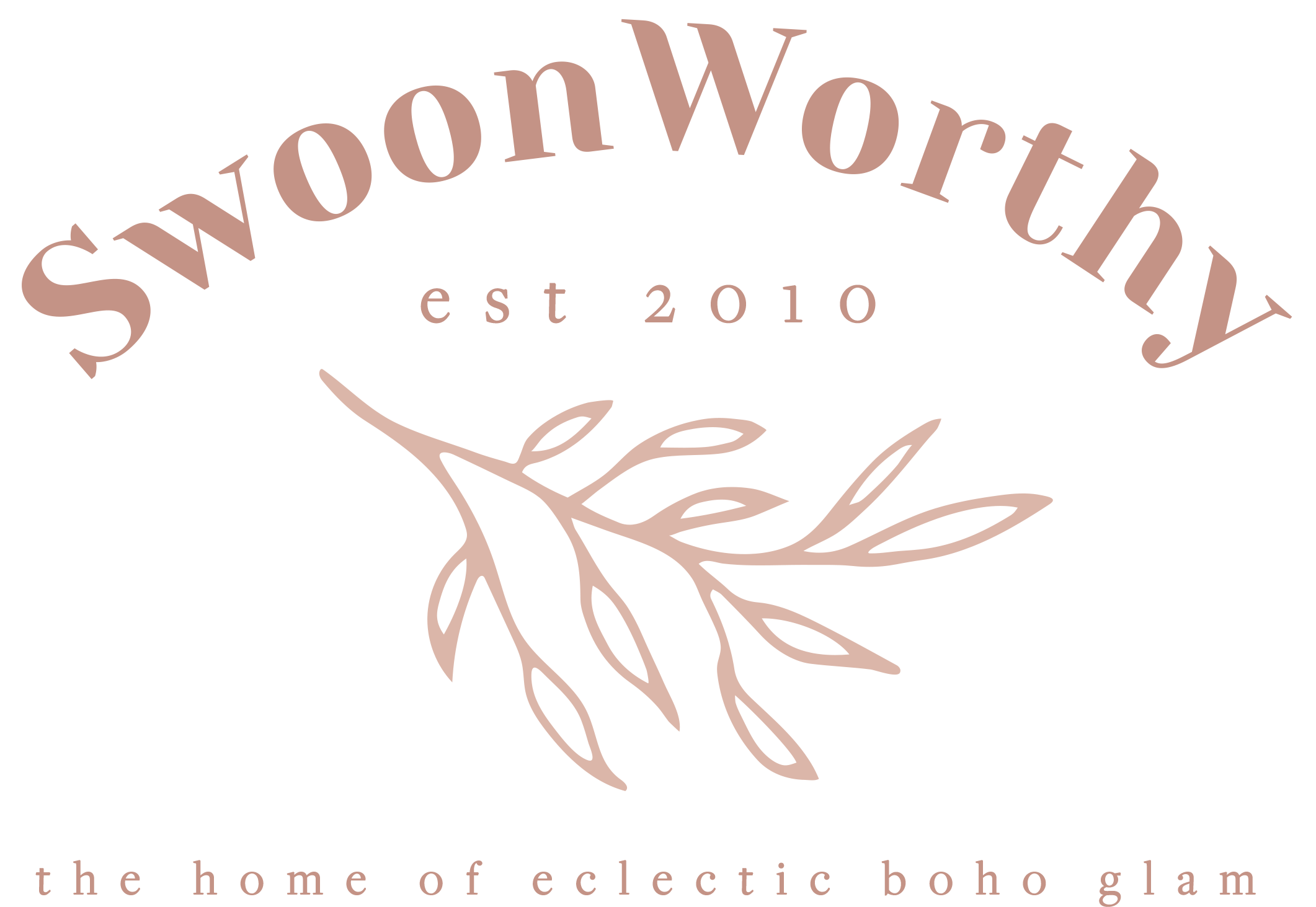
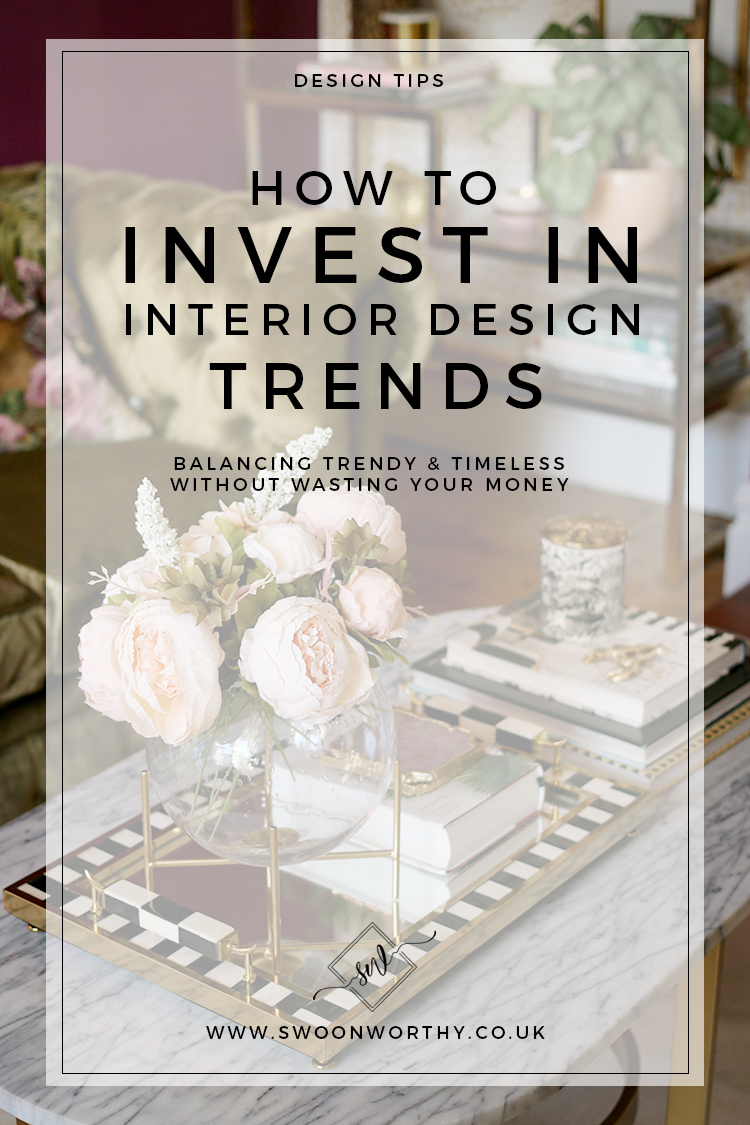
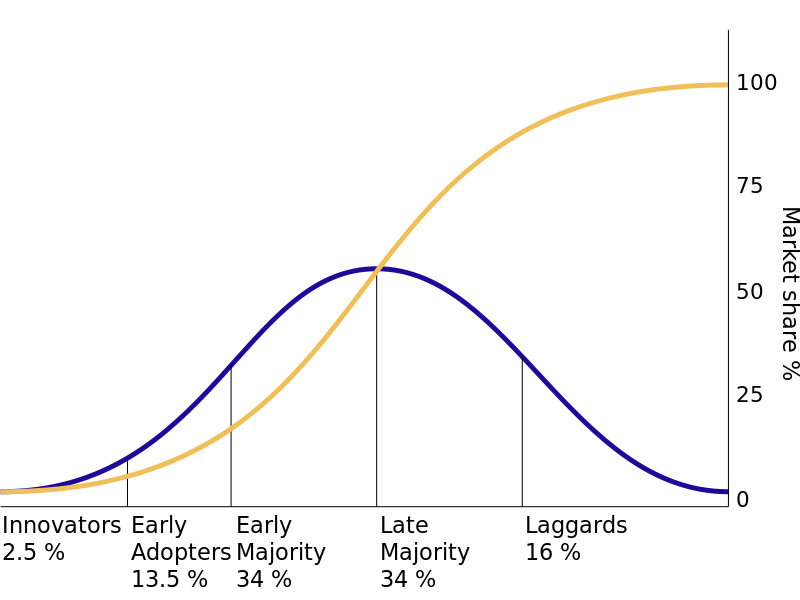
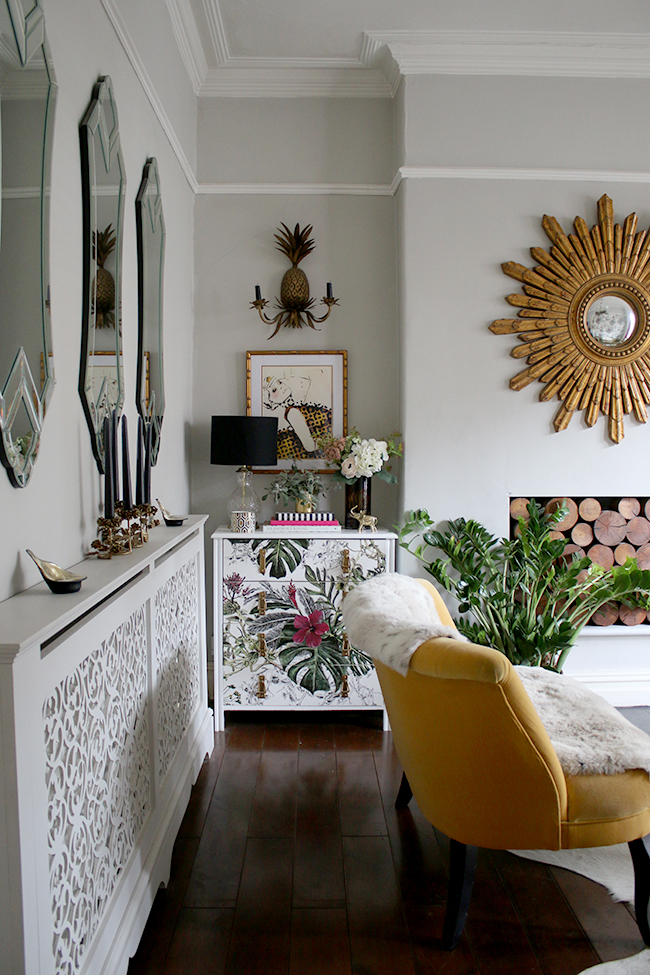
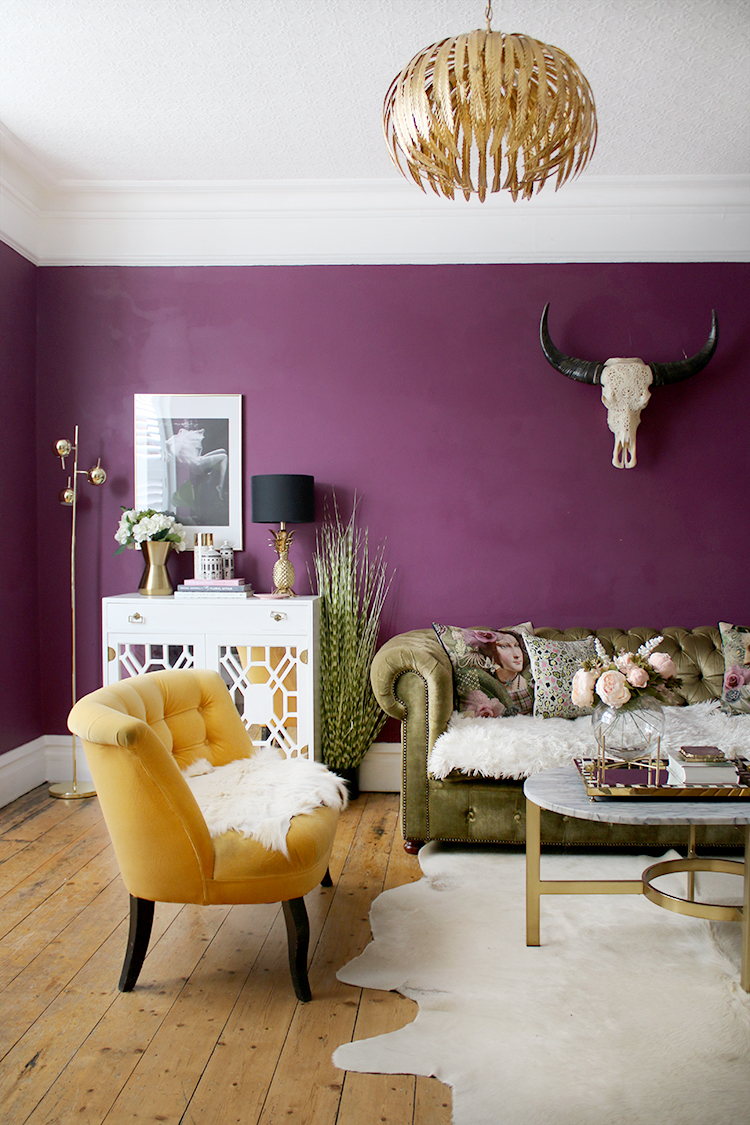

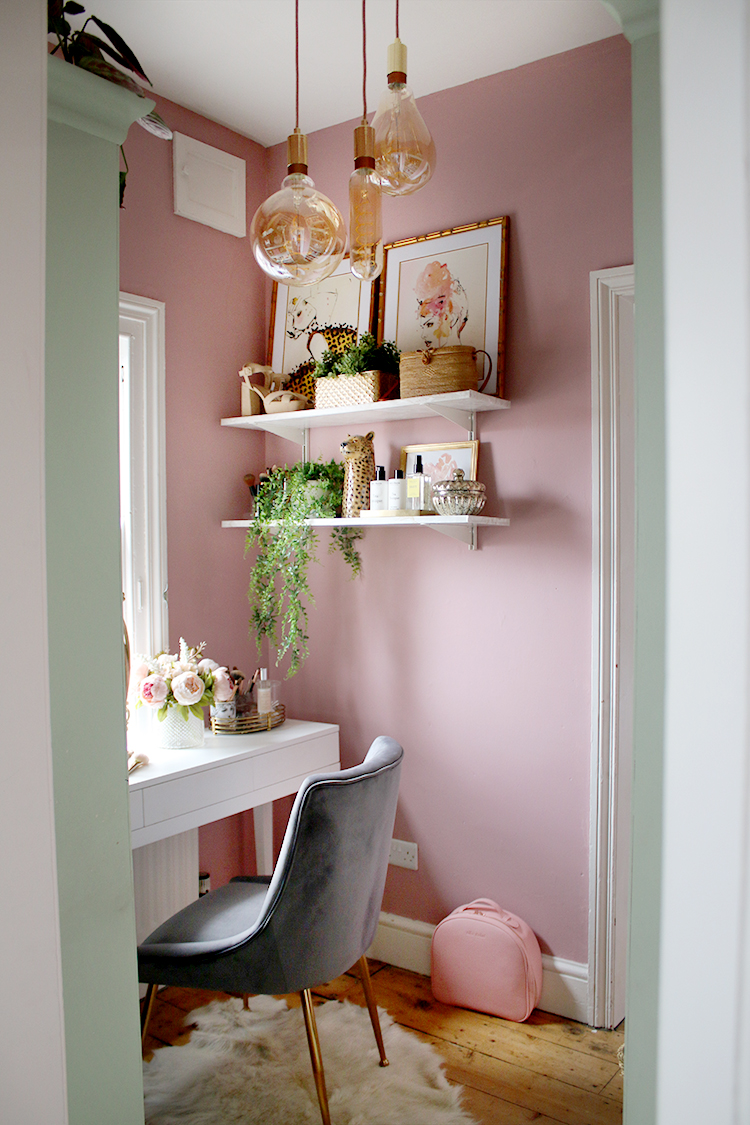
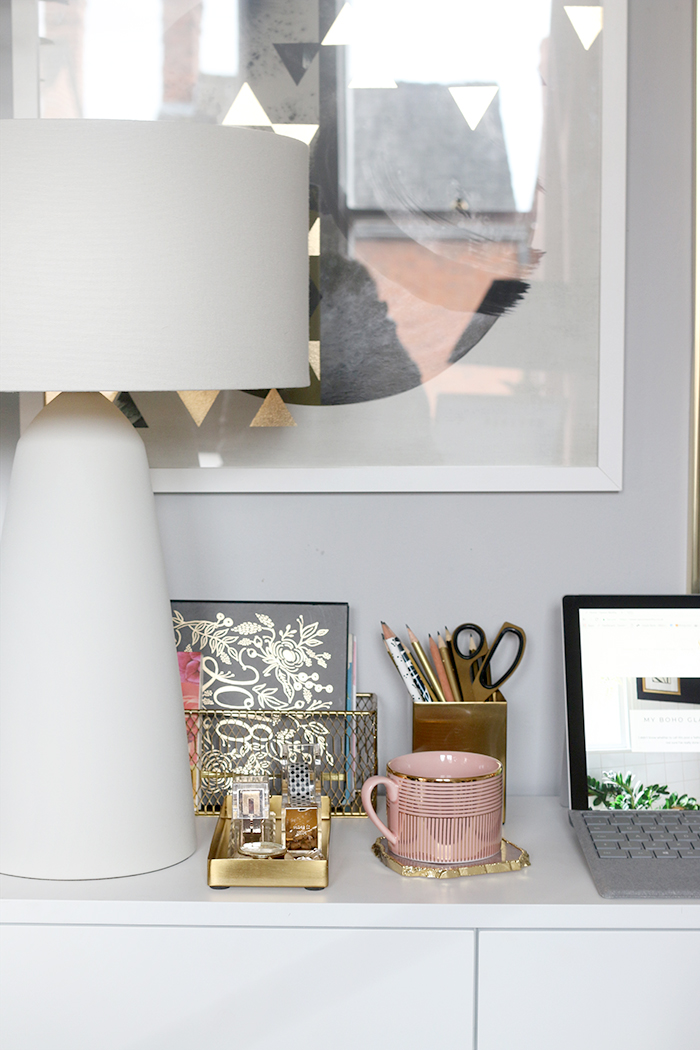
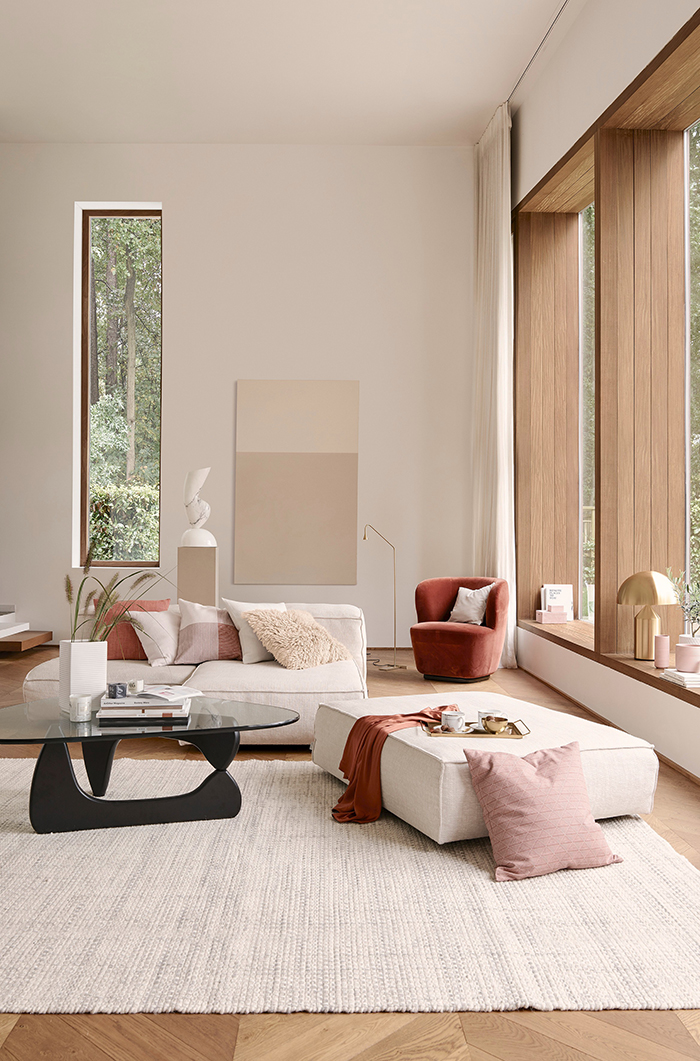
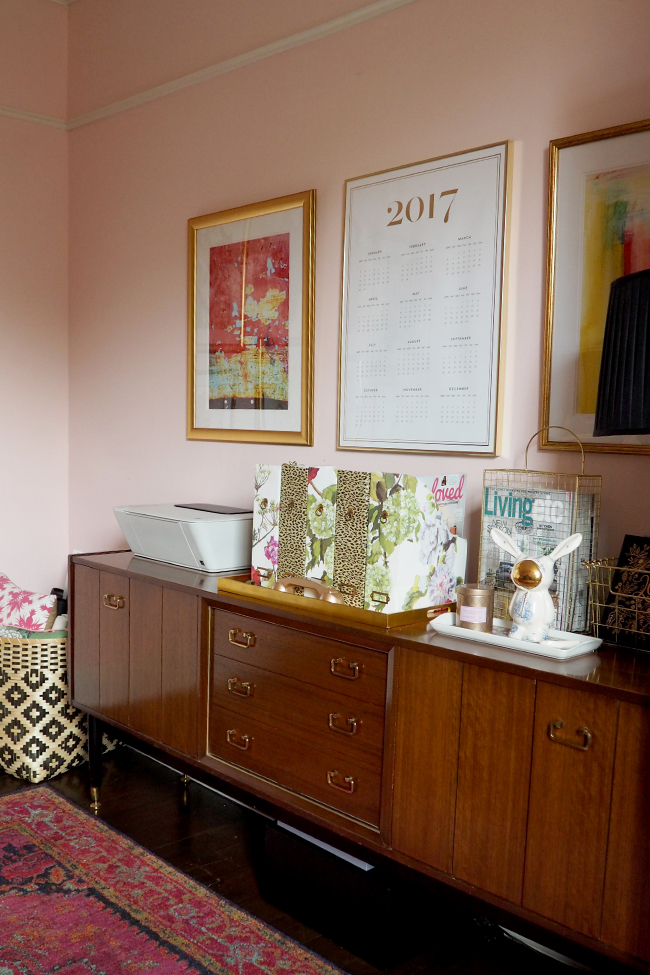
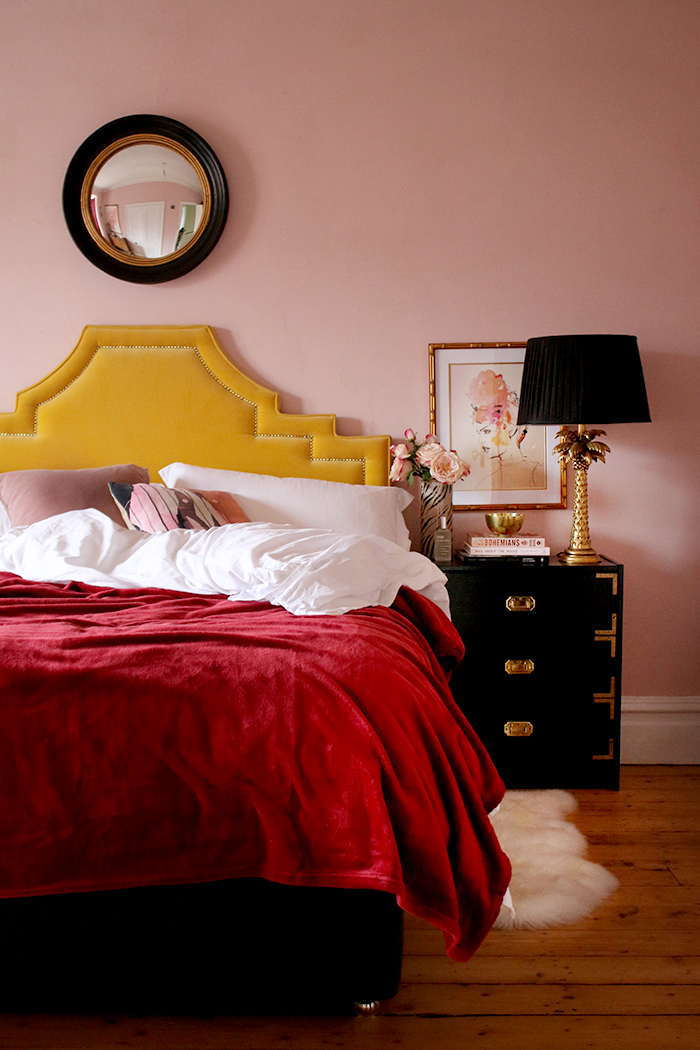
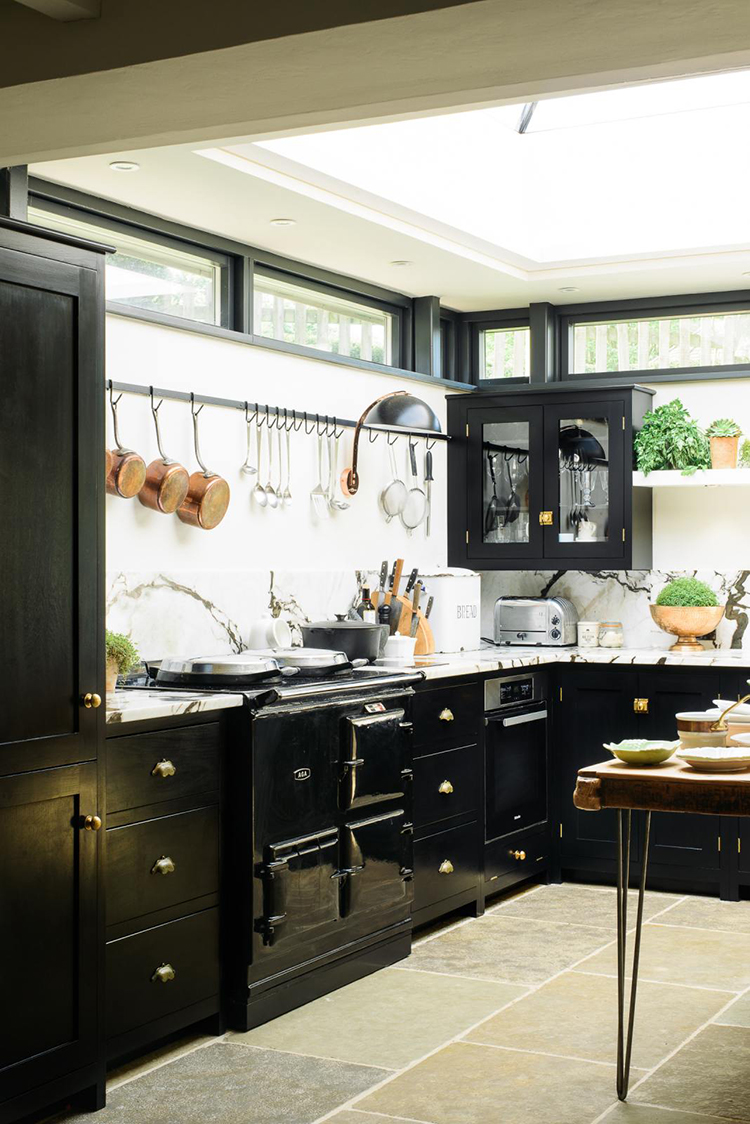
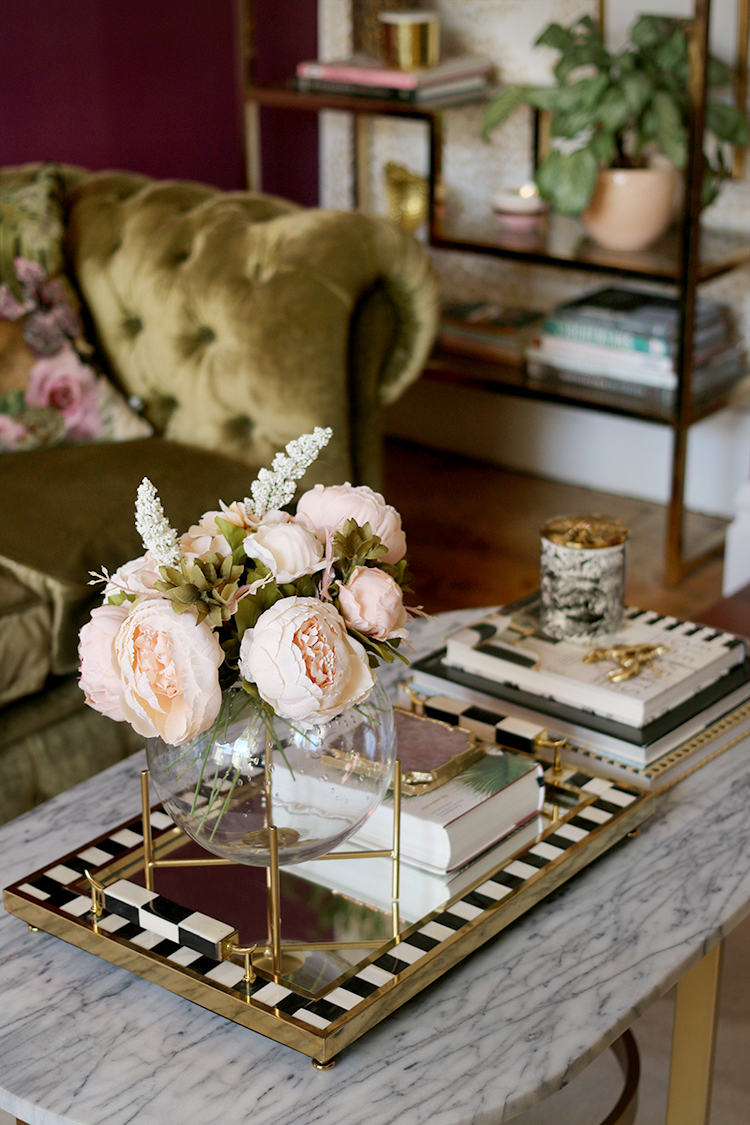
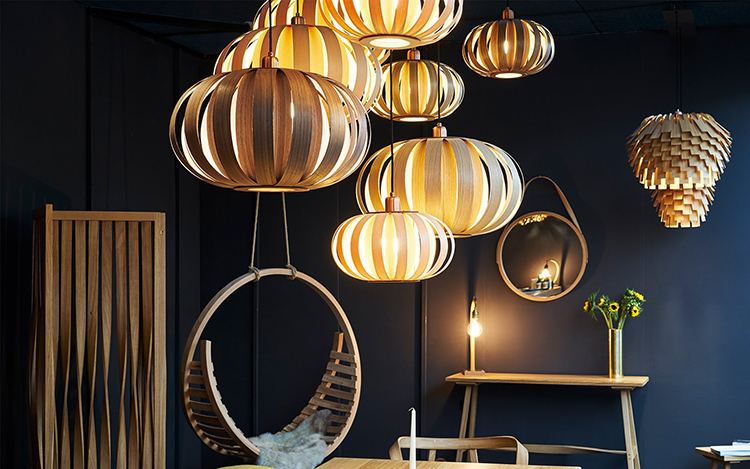

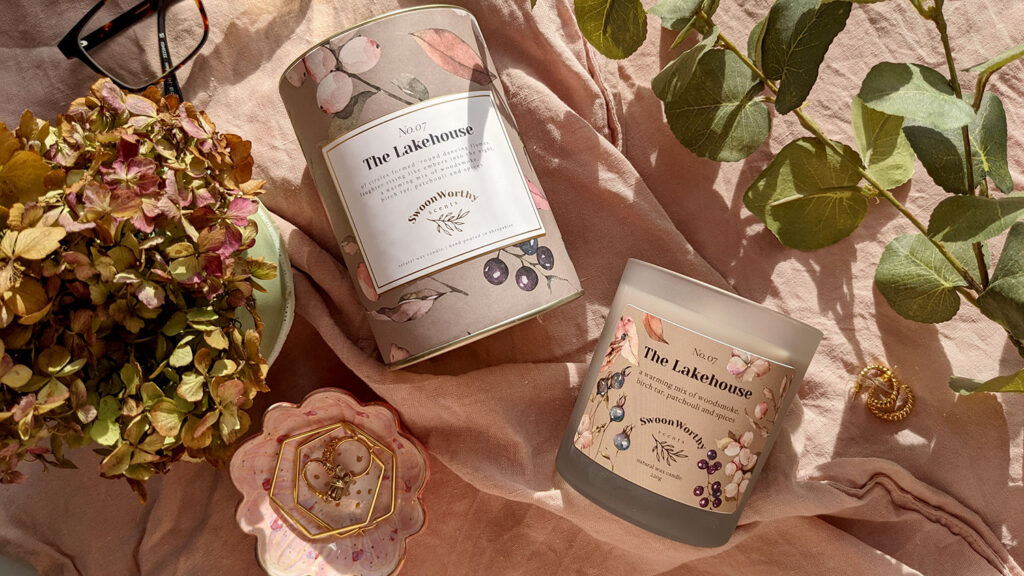















Thank you so much for this article Kimberley! I’m in the middle of revamping my bedroom and have bought a lavender colour velvet bed (superking size!) I was all set for getting a grey buttoned headboard bed when I spotted my bed headboard behind the display bed. There was just something about it that I loved. But now I’m panicking because I have absolutely no idea what colour to paint the walls or what wallpaper to get. I’ve sent off for loads of samples and bought some farrow and ball in the sale. The big reveal won’t be for a few weeks yet but hopefully all will turn out ok. Mandy x
this is very informative hence the reason I love eclectic styles I can choose whatever I like and they all work together to create a very pleasing atmosphere in my home .
I loved this. I have always done my own thing with regards to fashion and interiors but when a trend hits it is always a good chance to have more choice on an item.
A good example of this is warm metals for ages I found it hard to see a good range at a good range of prices of things that were not chrome when the trend hit I suddenly had lots of choice. I say embrace the trends but don’t be a slave to them
Thank you for this article. I must admit I don’t love decorating so don’t update very often & hence try to buy smaller things to keep a more current look but I do worry when I hear things like ‘feature walls are out’ – there’s nothing wrong with my wall paper on one kitchen wall & I still like it, but don’t want to appear old fashioned! It’s a mine field out there!
Hi Kimberly, great post and i gotta agree with you, if you buy whay you really love you won’t go far wrong. Xxx
I agree but at the same time it is hard to keep houses from looking dated without constantly spending a fortune in time or money on them. What was a classic look 10 years ago just looks dull and old-fashioned now! But my pet peeve is when something I love becomes trendy! Then you look like you’ve just got it because it’s “in” and everyone has it and then when it goes out you look dated! Flamingos are like this for me – I hate that they are in. Previously, it was faux animal heads and it’s looking set to be Day of the Dead very soon! Grrrr :D xx
Love this post! As an interior blogger you tend adopt new trends pretty quickly, although I try to stay loyal to my style. I think my style will always be minimalist Scandi but I am absolutely loving wood and all things rustic right now (and slightly worried I will change my mind in a few years time) I guess as long as you love it, you can’t go wrong :) X
Great article, one of things we always say to clients when they are purchasing one of our artificial floral or greenery pieces is that they don’t just need to like it but to absolutely love it, so they can enjoy it for years to come.
I know trends come and go but I honestly just focus on making a space I love. Over time with pieces that are easy to change out over time.
Angela at Blush & Pearls
Thanks for the article on trends Kimberly. I have subscribed to your blog for many years and enjoy the comments on color, trends, and of course your beautiful style.
The bell graph was great. I am a “show me” person and that helped me to understand how trends gain popularity.
So helpful, thanks for always giving us sensible balanced advice (one reason I like your blog, I don’t want to simply be told what’s ‘in’ and ‘out’). I used to get annoyed when things I liked became trendy, but now I just take advantage by waiting until these items are on the way out and rock bottom sale prices! As with clothes fashion, you can have your core style but new things can compliment and refresh the look.